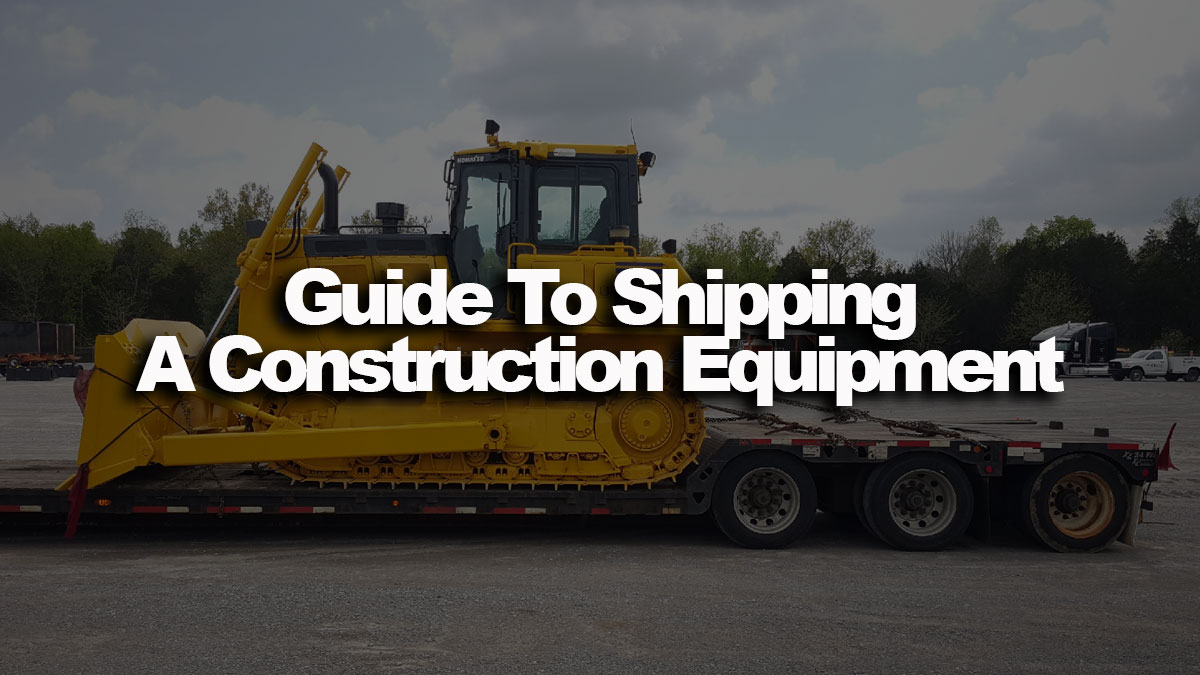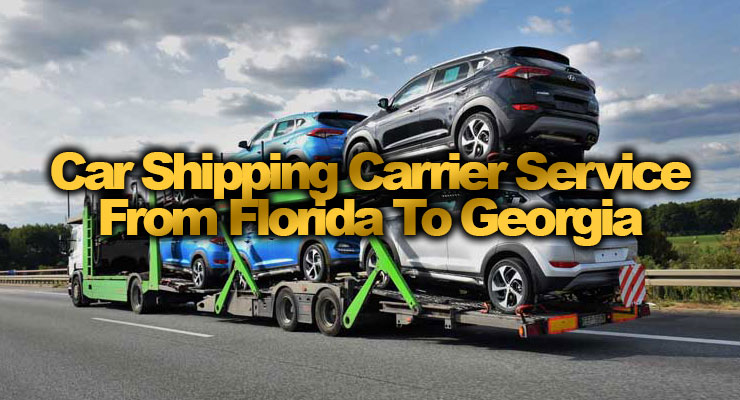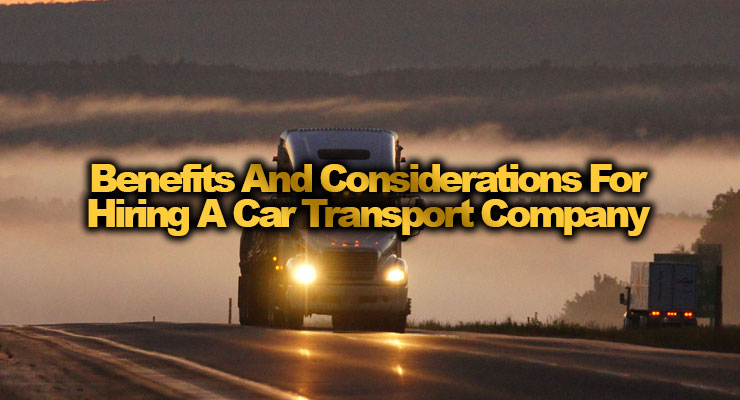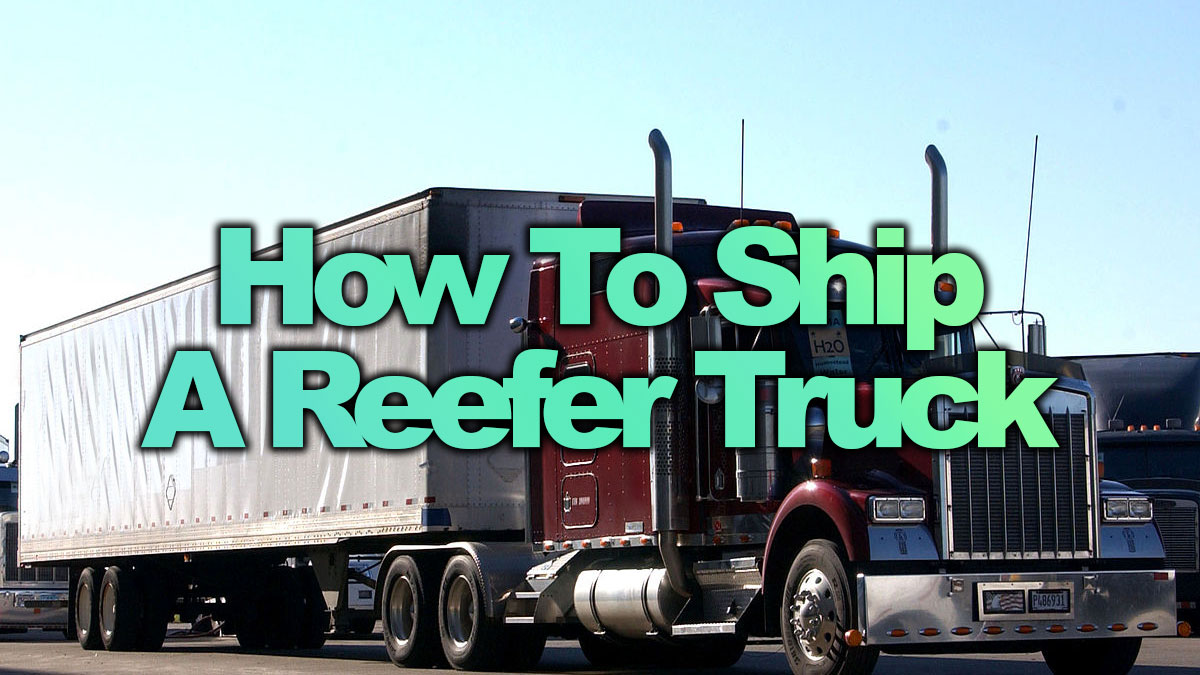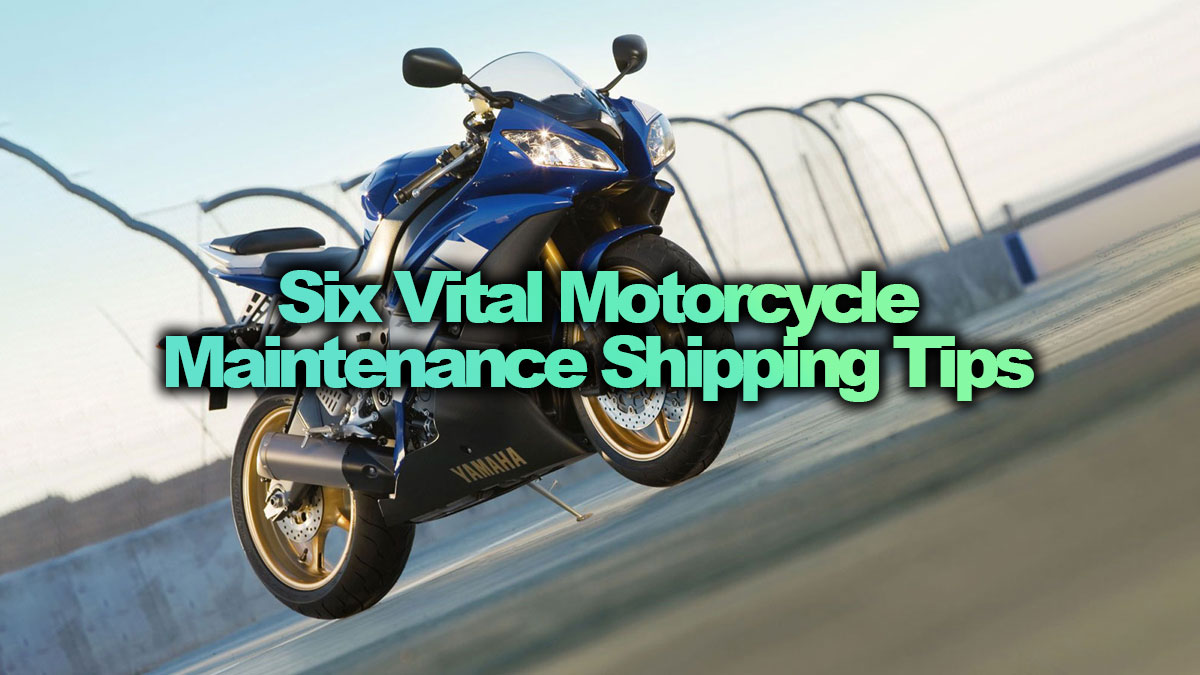ShipA1
Jan 27, 2020
Shipping
a piece of construction equipment overseas requires expertise in handling
oversized, high, and heavy equipment. Whether you are exporting Excavators,
Forklifts& concrete mixers, bulldozers, tractors & concert mixers, each
type of machine requires a customized shipping solution. Construction equipment
around the world we offer heavy hauling from all central points anywhere in
the world to any port of loading using step deck trailers, double drop deck
trailers, gooseneck trailers, extendable step deck trailers and flatbeds. We
transport used equipment from industrial auctioneers such as an iron planet.
Construction equipment includes tractors, forklifts, and backhoes. This
equipment needs to shipped safely. Most equipment required to be sent either
through a flatbed trailer or a standard trailer. However, in some exceptional
cases, they can also be towed. For international shipments, a roll-on/off
service, or a flat-rack container is used. The heavy equipment hauling rates
depends upon the services you choose from the massive haul transport service.
Type of
Construction Equipment Shipped:
There is a lot of construction equipment. There are
several different kinds of trailers that ship this equipment. These trailers
are the primary tools to ship these construction equipment:
Excavators and RV’s:
An excavator is a large, diesel-powered construction
machine made for digging out the earth with its bucket to create trenches,
holes, and foundations. But don’t let the name “excavator” fool you. By
swapping out the bucket for another attachment, excavators can also drive
piles, clear brush, load, and dump grade a Jobsite and perform other heavy-duty
job site tasks. Typically, these machines are tracked, but some models have
wheels. In the past, excavators required cables or wire ropes for their digging
power; but today, they rely on hydraulic systems that make them more mobile and
more comfortable to operate. Hydraulic excavators
Forklift:
A forklift is a small industrial vehicle, having a power
operated forked platform attached at the front that can be raised and lowered
for insertion under a cargo to lift or move it. Forklifts serve the needs of
various industries, including warehouses and other extensive storage
facilities. Forklifts are powered by electric battery or combustion engines.
Some Forklifts allow the operators to sit while driving and operating the
machine while others require the operator to stand. It is extensively used
throughout the industry for transporting materials and goods.
Concrete mixers:
A concrete mixer (often colloquially called a cement
mixer) is a device that homogeneously combines cement, aggregate such as sand
or gravel, and water to form concrete. A typical concrete mixer uses a
revolving drum to mix the components. For smaller volume works, portable
concrete mixers are often used so that the concrete can be made at the
construction site, giving the workers ample time to use the concrete before it
hardens. An alternative to a machine is mixing concrete by hand. This is
usually done in a wheelbarrow; however, several companies have recently begun
to sell modified tarps for this purpose.
Bulldozer:
Bulldozer, also called Dozer, powerful machine for
pushing earth or rocks, used in road building, farming, construction, and
wrecking; it consists of a massive, broad steel blade or plate mounted on the
front of a tractor. Sometimes it uses a four-wheel-drive tractor, but usually,
a track or crawler type, mounted on continuous metal treads, is employed. The blade may be lifted and forced down by hydraulic rams. For digging, the edge is
held below surface level; for transporting, it is held at the surface level;
and for spreading, it is held above the surface level, as the tractor moves
forward.
Tractors:
A tractor is an engineering vehicle specifically designed
to deliver a high tractive effort (or torque) at slow speeds, for the purposes
of hauling a trailer or machinery used in agriculture or construction. Most
commonly, the term is used to describe a farm vehicle that provides the power
and traction to mechanize agricultural tasks, especially (and originally)
tillage, but nowadays, a great variety of functions. Agricultural implements
maybe towed behind or mounted on the tractor, and the tractor may also provide
a source of power if the tool is mechanized.
What to expect when
shipping construction equipment:
It will typically take longer to ship construction
equipment than a standard car for several reasons. For one, the more
substantial material reduces fuel economy, which means more stops at the pump.
Heavy equipment transportation also costs more than standard shipping services
for the same reasons. Couple this with a relative lack of demand, and prices
can get high fast. Luckily, we at American Auto Shipping work with companies
that ship heavy equipment for a living.
Three Steps for Shipping
Construction Equipment:
Follow these three necessary steps for shipping your
construction equipment, and your transport should be a success. First, gather
the exact dimensions of your computer. Second, use those dimensions to
determine which type of trailer you need to haul your machine. Third, prepare
your computer for transport.
Step 1 – Determine Your
Equipment’s Exact Dimensions:
Before you even touch your equipment, gather the exact
dimensions of your machine. Measure the width, height, and length of your
machinery. Manufacturer’s specs won’t suffice here – measure your equipment.
Here are the maximum dimensions, in general, that your machine must remain
within: Height. 13 feet 6 inches is standard. Only a couple of
states allow more height. Step-deck trailers sit lower to the road than flatbed
trailers. RGN trailers travel even lower than step decks, providing increased
clearance. Width. 8 feet 6 inches is standard. It isn’t effortless to overcome
an over width piece of equipment. Sometimes you can remove the wheels or tires
to make width, like on a farm combine or extra-large wheel loader. Length. In
general, between 48 feet and 65 feet maximum. Most states say 65 feet, but
check it. Your trailer is either 48-feet long or 53 feet long because those are
the dominant length restrictions among states. Weight. 80,00 gross vehicle weight (GVW). Usually, truck
and trailer weigh about 40,000 pounds. That leaves about half the GVW available
to you for your equipment. After that, you’re paying oversize permits and fees.
Step
2 – Choose Your Construction Equipment Trailer
Once you’ve determined your machinery’s dimensions, you
can select your shipping trailer. Again, your representative can help match
your dimensions with the proper container. You can begin preparing your machinery
for travel after you’ve determined its mode of transport. Your trailer can be
too big for your equipment, but it can’t be too small. A container that’s too
tiny means failure. Three questions to discuss with your transportation agent. Is your cargo oversized? Maybe you can remove
attachments, or disinflation tires to fit within state rules for transporting
cargo. A shipment that exceeds dimensional state limits requires special
handling. Do you need help loading and unloading? Flatbeds don’t tilt, so you
need a dock or other method of loading/unloading. Step decks use ramps, while
RGNs drop to the ground. Ask your rep for guidance.
Step 3 – Prepare Your
Construction Equipment for Travel
Perhaps the essential piece of preparation is washing
your machine. Equipment caked with mud adds weight to the haul, which costs
your driver more in fuel. Your driver is responsible for anything that flies
off his trailer, including rocks and debris. If your equipment is dirty when
the driver arrives, you’ll probably have to wash it before you can load it.
Measure your equipment to get the proper dimensions, including attachments.
Make sure you have enough trailer to haul your machine. And prepare your
machine correctly for travel. Following these three steps should result in the
successful shipment of your construction equipment.

